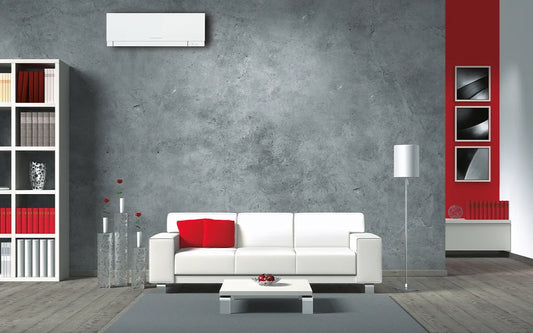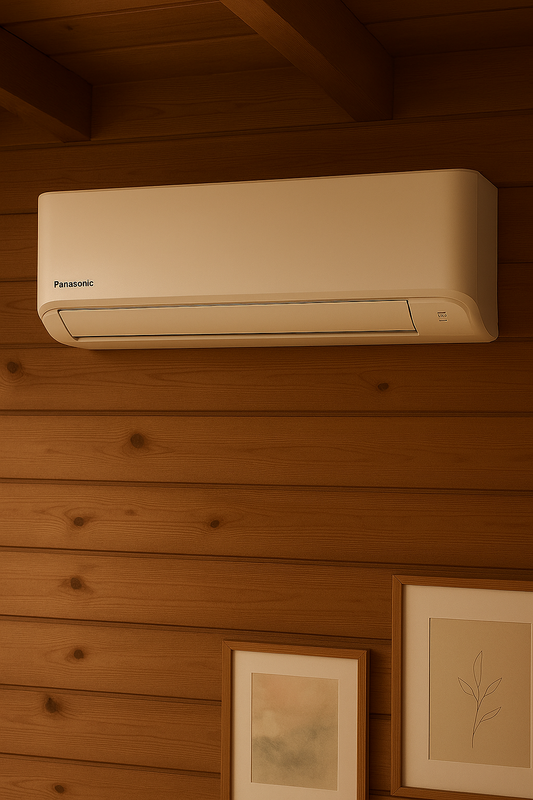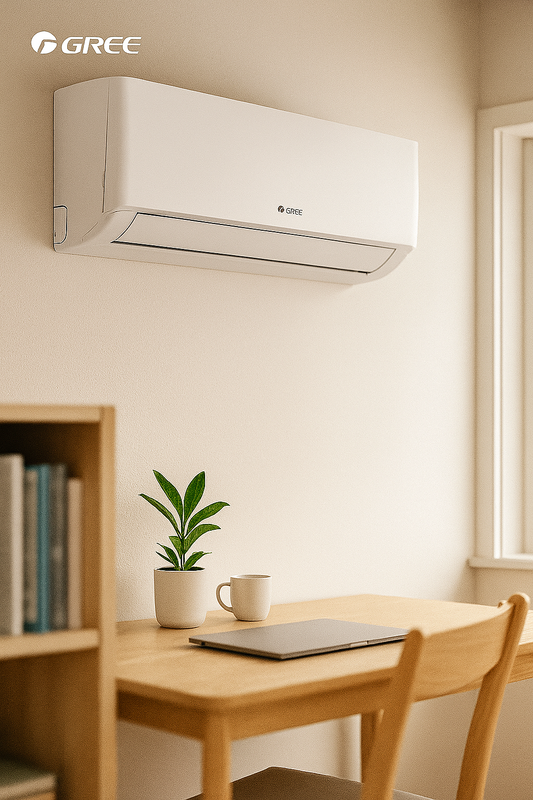Pris Värmepump: En Guide till Kostnader och Fördelar
Inledning
Att installera en värmepump kan vara en kostnadseffektiv lösning för att hålla ditt hem varmt under vintermånaderna och svalt under sommaren. Men vad kan man förvänta sig när det kommer till kostnader för en värmepump? I denna artikel kommer vi att utforska priserna för värmepumpar, deras fördelar och användningsområden.
Definition och Bakgrund
En värmepump är en elektrisk apparat som används för att flytta värme från en plats till en annan. Den kan användas för att antingen värma upp eller kyla ner ett rum eller en byggnad. Värmepumpar finns i olika typer, inklusive luft-luft, luft-vatten och jord-vatten. Deras kostnader kan variera beroende på typ, storlek och effektivitet.
Fördelar och Användningsområden
En av de största fördelarna med att använda en värmepump är dess energieffektivitet. Genom att utnyttja befintlig värme i luft, vatten eller mark kan en värmepump producera mer värmeenergi än den förbrukar i elektricitet. Detta kan leda till lägre kostnader för uppvärmning och kylning jämfört med traditionella värmesystem. Dessutom kan värmepumpar användas för att både värma och kyla, vilket gör dem mångsidiga för olika klimatförhållanden.
Relaterade Tekniker, Begrepp eller Variationer
Det finns flera olika typer av värmepumpar, inklusive luft-luft, luft-vatten och jord-vatten värmepumpar. Luft-luft värmepumpar tar värme från luften och överför den till ett ventilations- eller luftkonditioneringssystem. Luft-vatten värmepumpar tar värme från luften och överför den till ett vattenburet värmesystem. Jord-vatten värmepumpar tar värme från marken och överför den till ett vattenburet system. Kostnaderna för dessa olika typer av värmepumpar kan variera beroende på installationens komplexitet och effektivitet.
Vanliga Frågor (FAQ)
-
Vad är genomsnittskostnaden för en värmepumpinstallation?
Genomsnittskostnaden för en värmepumpinstallation kan variera beroende på storlek, typ och installationens omfattning. En grov uppskattning ligger vanligtvis mellan 40 000 kr och 100 000 kr. -
Vilka faktorer påverkar priset på en värmepump?
Faktorer som påverkar priset på en värmepump inkluderar typ av värmepump, storlek på det område som ska värmas eller kylas, installationens komplexitet, energieffektivitet och eventuella tillägg som behövs för att anpassa värmepumpen till befintliga system. -
Vad är den genomsnittliga livslängden för en värmepump?
Den genomsnittliga livslängden för en värmepump ligger vanligtvis mellan 15 och 20 år, beroende på regelbunden underhåll och användning.
Sammanfattning
Priset på en värmepump kan variera beroende på flera faktorer, inklusive typ, storlek, installationens omfattning och effektivitet. Trots initiala kostnader kan värmepumpar erbjuda långsiktiga fördelar genom lägre energikostnader och mångsidig användning för både uppvärmning och kylning.
Installation Costs
When considering the cost of a heat pump, it's essential to account for the installation expenses. The installation costs can vary based on the complexity of the installation, the size of the property, and any additional modifications required for integrating the heat pump with existing systems. It's advisable to obtain quotes from multiple reputable installers to compare costs and services offered.
Energy Efficiency Incentives
In many regions, there are government incentives, rebates, or tax credits available for installing energy-efficient heating and cooling systems such as heat pumps. These incentives can significantly offset the initial investment and contribute to long-term savings on energy bills. It's worthwhile to research the available incentives and consult with local authorities or energy agencies to maximize potential savings.
Long-Term Cost Savings
While the upfront costs of purchasing and installing a heat pump may seem significant, it's important to consider the long-term cost savings. Heat pumps are known for their energy efficiency, which can lead to lower monthly heating and cooling expenses. Over time, the accumulated savings on energy bills can offset the initial investment, making heat pumps a financially prudent choice for many homeowners.
Case Study: Residential Heat Pump Installation
For a typical 2,000 square foot home, the installation of a high-efficiency air-source heat pump, including labor and additional ductwork, might cost between $10,000 and $20,000. However, the annual energy savings resulting from the heat pump's efficiency can amount to $500 to $1,000, making it a cost-effective investment over the long term.
Environmental Impact
Besides the financial considerations, heat pumps contribute to reducing carbon emissions and promoting environmental sustainability. By utilizing renewable heat sources such as the air or ground, heat pumps offer an eco-friendly alternative to traditional heating and cooling systems. This environmental benefit aligns with the growing emphasis on green technologies and sustainable living.
Installation Process
The installation of a heat pump involves several steps, including site assessment, system selection, and integration with existing infrastructure. A professional installer will evaluate the property to determine the most suitable location for the heat pump unit, ensuring optimal performance and efficiency. Additionally, they will assess the electrical and plumbing requirements for seamless integration.
Maintenance Considerations
Regular maintenance is crucial for ensuring the longevity and efficiency of a heat pump system. This includes tasks such as filter cleaning or replacement, coil inspection, and refrigerant level checks. By adhering to a maintenance schedule, homeowners can prevent potential issues and maximize the operational lifespan of their heat pump.
Remote Control and Smart Features
Modern heat pump models often come equipped with remote control capabilities and smart features. These allow users to adjust temperature settings and operating modes remotely, enhancing convenience and energy management. Some advanced models may also integrate with smart home systems for seamless automation and energy optimization.
Financial Considerations
When evaluating the cost of a heat pump, it's essential to consider the long-term financial benefits. While the initial investment may be higher than traditional heating systems, the potential for reduced energy consumption and lower utility bills can lead to substantial savings over the system's lifespan. Homeowners should assess the return on investment and overall cost-effectiveness when making a purchasing decision.
Industry Trends and Innovations
The heating and cooling industry continuously evolves, with ongoing innovations and advancements in heat pump technology. Emerging trends may include improved energy efficiency, enhanced environmental sustainability, and the integration of cutting-edge features for superior comfort and control. Staying informed about industry developments can aid homeowners in making informed choices when selecting a heat pump.
Comparison with Conventional Heating Systems
Comparing a heat pump with traditional heating systems, such as furnaces or boilers, can provide valuable insights into the long-term benefits and operational differences. Factors to consider may include installation costs, energy efficiency, maintenance requirements, and environmental impact. Understanding the comparative advantages can assist homeowners in determining the most suitable heating solution for their specific needs.



